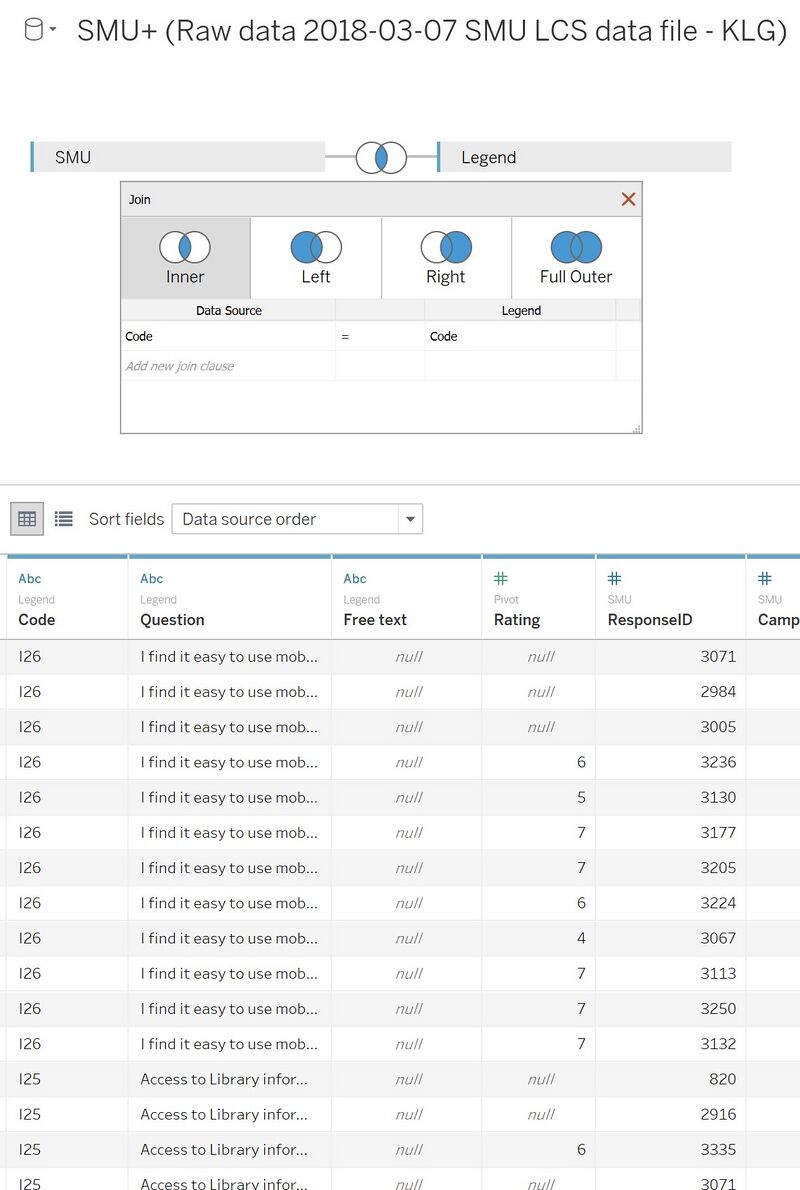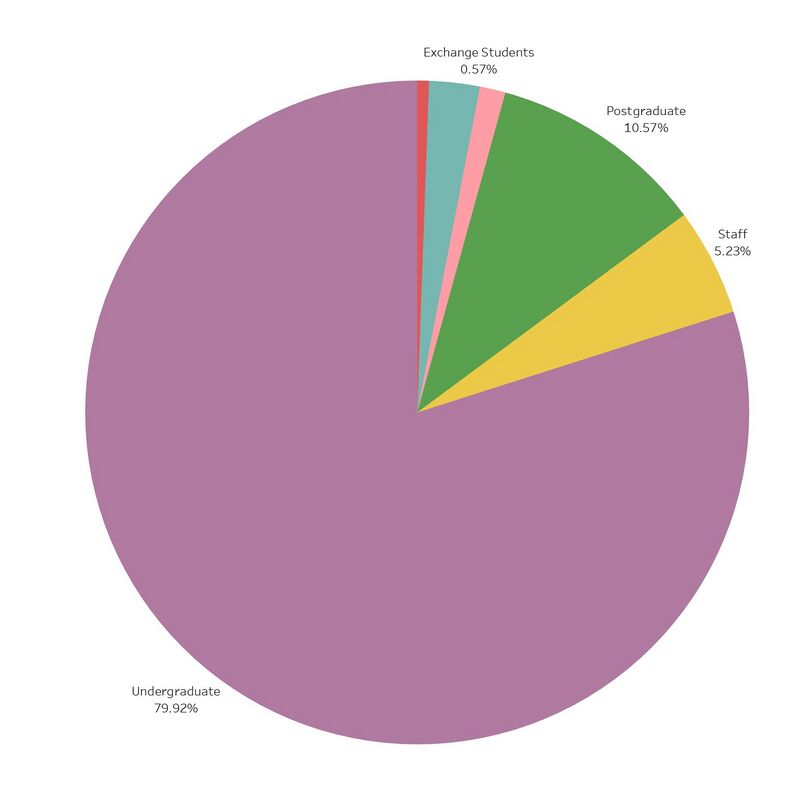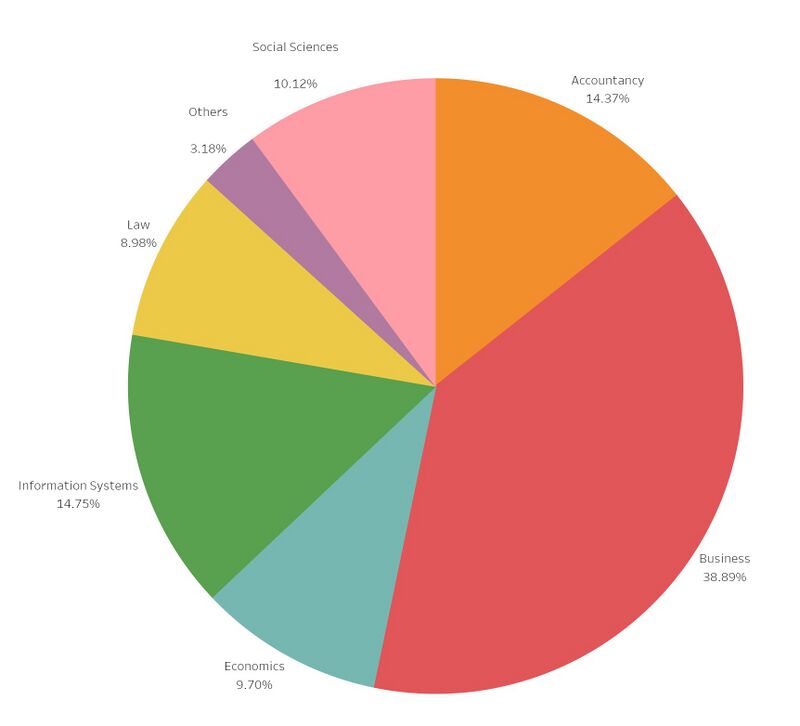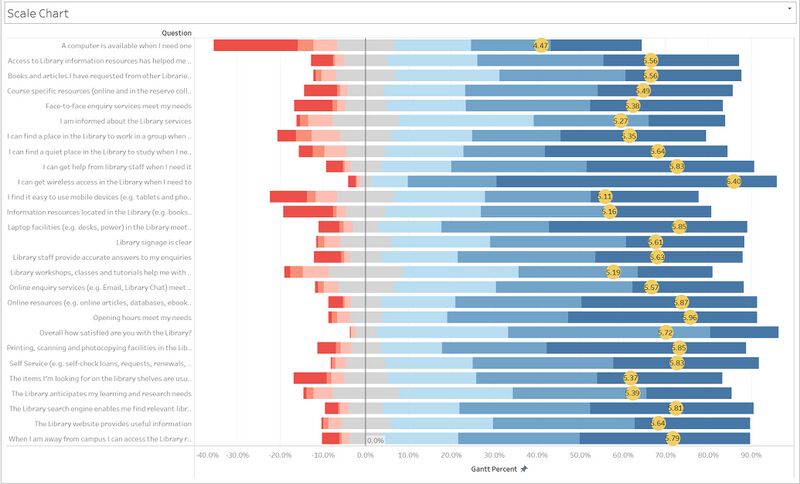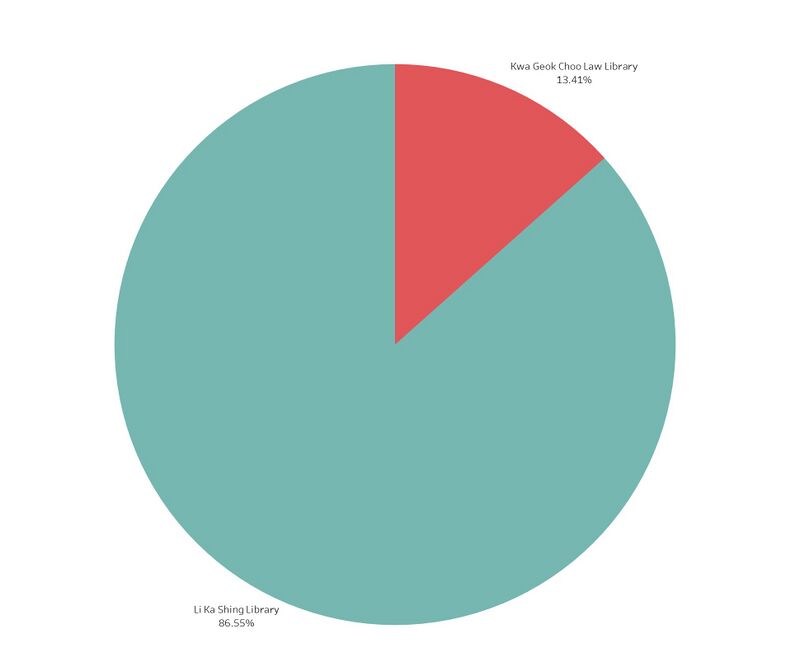Difference between revisions of "IS428 AY2019-20T2 Assign JORDY NELSON SAMUEL"
| Line 6: | Line 6: | ||
In Tableau, we pivot the SMU sheet such that all the codes are under one column instead of their own, as well as the responses. We then inner join this with the Legend's code, such that we can display the actual question while visualising our data. | In Tableau, we pivot the SMU sheet such that all the codes are under one column instead of their own, as well as the responses. We then inner join this with the Legend's code, such that we can display the actual question while visualising our data. | ||
| − | [[File:Pivot jnsamuel.jpg|frameless|center]] | + | [[File:Pivot jnsamuel.jpg|800px|frameless|center]] |
By joining this, tableau allows us to have a dimension for the question and a measure for the rating that we can freely manipulate into the data we want. | By joining this, tableau allows us to have a dimension for the question and a measure for the rating that we can freely manipulate into the data we want. | ||
| Line 12: | Line 12: | ||
== Demographics == | == Demographics == | ||
| − | [[File:Demographics jnsamuel.2016.jpg|frameless|center]] [https://public.tableau.com/profile/jordy.nelson.samuel#!/vizhome/Assignment1_jnsamuel_2016/Demographics Full Visualisation] | + | [[File:Demographics jnsamuel.2016.jpg|800px|frameless|center]] [https://public.tableau.com/profile/jordy.nelson.samuel#!/vizhome/Assignment1_jnsamuel_2016/Demographics Full Visualisation] |
The primary audience of the survey is undergraduate students, taking up 79.92%(158,175) of the survey's respondents. Postgraduate students are second at 10.57%(20,925) respondents. | The primary audience of the survey is undergraduate students, taking up 79.92%(158,175) of the survey's respondents. Postgraduate students are second at 10.57%(20,925) respondents. | ||
| − | [[File:Studyarea.jpg|frameless|center]] [https://public.tableau.com/profile/jordy.nelson.samuel#!/vizhome/Assignment1_jnsamuel_2016/StudyArea Full Visualisation] | + | [[File:Studyarea.jpg|800px|frameless|center]] [https://public.tableau.com/profile/jordy.nelson.samuel#!/vizhome/Assignment1_jnsamuel_2016/StudyArea Full Visualisation] |
In proportion to the overall demographics of SMU, Business students take up 38.89%(76,950) of the respondents, the largest among the other schools. Information Systems comes in second, with about half of Business's students at 14.75% (29,175) of the total students. | In proportion to the overall demographics of SMU, Business students take up 38.89%(76,950) of the respondents, the largest among the other schools. Information Systems comes in second, with about half of Business's students at 14.75% (29,175) of the total students. | ||
| Line 29: | Line 29: | ||
=== Visitation === | === Visitation === | ||
| − | [[File:Campus.jpg|frameless|center]] [https://public.tableau.com/profile/jordy.nelson.samuel#!/vizhome/Assignment1_jnsamuel_2016/Campus Full Visualisation] | + | [[File:Campus.jpg|800px|frameless|center]] [https://public.tableau.com/profile/jordy.nelson.samuel#!/vizhome/Assignment1_jnsamuel_2016/Campus Full Visualisation] |
Li Ka Shing is still the most popular library, with 86.55%(171,300) respondents claiming to go there, while the Kwa Geok Choo Law Library is second with 13.41%(26,550) of respondents claiming to go there. If you play with the filter through the full visualisation, you will notice that this proportion is roughly the same, with the notable exception being Law students; 73.84%(13,125) of law students use the Law Library more often, with only 26.16%(4,650) using the Li Ka Shing library. | Li Ka Shing is still the most popular library, with 86.55%(171,300) respondents claiming to go there, while the Kwa Geok Choo Law Library is second with 13.41%(26,550) of respondents claiming to go there. If you play with the filter through the full visualisation, you will notice that this proportion is roughly the same, with the notable exception being Law students; 73.84%(13,125) of law students use the Law Library more often, with only 26.16%(4,650) using the Li Ka Shing library. | ||
Revision as of 19:00, 12 March 2020
Contents
Overview
The 2018 dataset for the library survey has been used. In general, we are trying to get a picture through this visualisation of who uses the library, what they use it for and how well the library has been serving them.
Data & Preparation
The data comes in 2 sheets: SMU and Legend. SMU contains all the actual responses, while Legend contains all the codes for the questions and responses. In Tableau, we pivot the SMU sheet such that all the codes are under one column instead of their own, as well as the responses. We then inner join this with the Legend's code, such that we can display the actual question while visualising our data.
By joining this, tableau allows us to have a dimension for the question and a measure for the rating that we can freely manipulate into the data we want.
Demographics
The primary audience of the survey is undergraduate students, taking up 79.92%(158,175) of the survey's respondents. Postgraduate students are second at 10.57%(20,925) respondents.
In proportion to the overall demographics of SMU, Business students take up 38.89%(76,950) of the respondents, the largest among the other schools. Information Systems comes in second, with about half of Business's students at 14.75% (29,175) of the total students.
Overall Results
Service Scores
The overall results from the survey are encouraging. The survey is conducted on a scale of 1-7. The lowest average score per question is 4.47, while the highest is 6.40; none of the questions overall scored below the neutral score of 4.
The most positive question is 'I can get wireless access in the Library when I need to', at an average of 6.40 out of 7. The most negative is 'A computer is available when I need one', at an average of 4.47 out of 7.
In general, the questions that are the most 'extreme' in response tends to be regarding electronic resources and finding them: questions like 'The library search engine enables me to find relevant resources quickly' scored a high 5.81 out of 7.
Visitation
Li Ka Shing is still the most popular library, with 86.55%(171,300) respondents claiming to go there, while the Kwa Geok Choo Law Library is second with 13.41%(26,550) of respondents claiming to go there. If you play with the filter through the full visualisation, you will notice that this proportion is roughly the same, with the notable exception being Law students; 73.84%(13,125) of law students use the Law Library more often, with only 26.16%(4,650) using the Li Ka Shing library.
In general, however, across all groups, visits to the library happen often, with, on average, people visiting the library at least weekly. This is rather consistent across the campuses, positions and areas of study.
Undergraduates
- Undergraduates love studying in the library and are very satisfied with the experience
- abc
